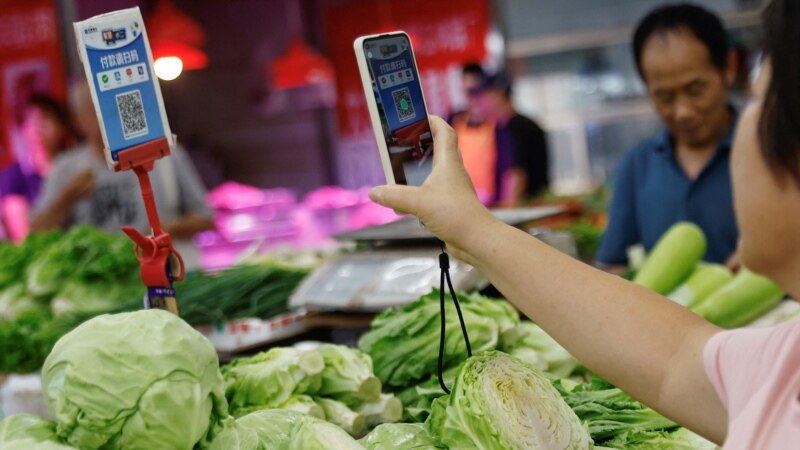Indonesia is expanding its use of a payment system popular in China, allowing Chinese tourists to spend money easily in the smallest stores.
The expanded payment system uses QR codes. Although its main purpose is to develop regional connectivity with other Southeast Asian countries, it also helps Indonesia attract Chinese tourists. Indonesia’s central bank is expanding its QR code payment system to cover banks in China as well as those in Japan and South Korea, two other tourist origins.
QR code payments are ubiquitous in China, used to purchase everything from snacks to one-of-a-kind items in luxury boutiques. The pandemic has accelerated the adoption of contactless payments and made credit cards almost as obsolete as cash through the use of QR codes that link directly to recipients’ bank accounts via mobile phones. The official People’s Daily reported that a 2022 report from the China Payment and Clearing Association showed that 95.7% of Chinese mobile phone users paid by scanning QR codes.
Sandiaga Uno, Indonesia’s Minister of Tourism and Creative Economy, said, “We hope to increase the number of arrivals of Chinese tourists” and increase their length of stay and consumption. The ministry held its first “Wonderful Indonesia” promotion event in China in May 2023, the first time in three years.
Wisnu Sindhutrisno, regional tourism marketing director at Indonesia’s Ministry of Tourism and Creative Economy, said the ministry aims to attract up to 1.5 million Chinese tourists by 2024, promoting activities such as chocolate making and elephant bathing.
Before the pandemic upended the tourism industry, Indonesia was becoming an increasingly popular destination for Chinese tourists, with 858,000 Chinese tourists visiting in 2013 and 2,072,000 visiting in 2019, according to Statista.
Since the introduction of QR code payments in Indonesia in 2019, Indonesians have embraced the country’s Quick Response Code Indonesian Standard (QRIS), with usage almost tripling every year since then. As of October 2023, Bank Indonesia has recorded more than 43 million QRIS users and more than 29 million QRIS registered merchants, most of which are small and medium-sized enterprises. The central bank also recorded more than 1.6 billion transactions worth $16 billion, an increase of 186%.
A Memorandum of Understanding (MOU) was signed in Bali, Indonesia on November 14, 2022 during the G20 Leaders Summit focusing on unifying the QR code payment system between the banking systems of Singapore, Indonesia, Thailand, Malaysia and other countries Philippines . While each country has its own national QR code system, Link allows users to scan a QR code to pay directly from their home country’s bank to a seller of goods or services in another country, often at a higher conversion rate than credit card settings. better.
With the signing of the MoU, Indonesian President Joko Widodo said in a video statement that he expected the cross-border payments initiative to expand globally. Bank Indonesia Governor Perry Warjiyo said the MoU would make payments “very fast and easy” across the region. He described the system as the first step into the global digital world.
Vietnam signed a memorandum of understanding in August 2023. Filianingsih Hendarta, deputy governor of the Bank of Indonesia, said Indonesia signed a QRIS memorandum of understanding with the Central Bank of the United Arab Emirates in December 2023. Japan’s Ministry of Economy, Trade and Industry announced last week that Japan and the Association of Southeast Asian Nations plan to unify their QR code payment systems.
The flip side of the expanded QR code payment system means Indonesian tourists will be able to shop in rupees in participating countries. In 2023, approximately 221,600 Indonesians will visit China.
Cindy Tan is a freelance tour leader in Jakarta who has been leading Indonesian trips to China for seven years. She believes the expanded QR code payment system will simplify the payment process for customers when traveling in China. She envisions using the QRIS system for payments in China instead of using the many options, including Alipay (one of China’s QR payment systems).
“In China, I usually pay with cash because it’s easier sometimes,” she said, adding that outside big cities, paying with Visa and Mastercard can be difficult because “usually they don’t accept international credit cards. “
Follow us on Google news ,Twitter , and Join Whatsapp Group of thelocalreport.in
